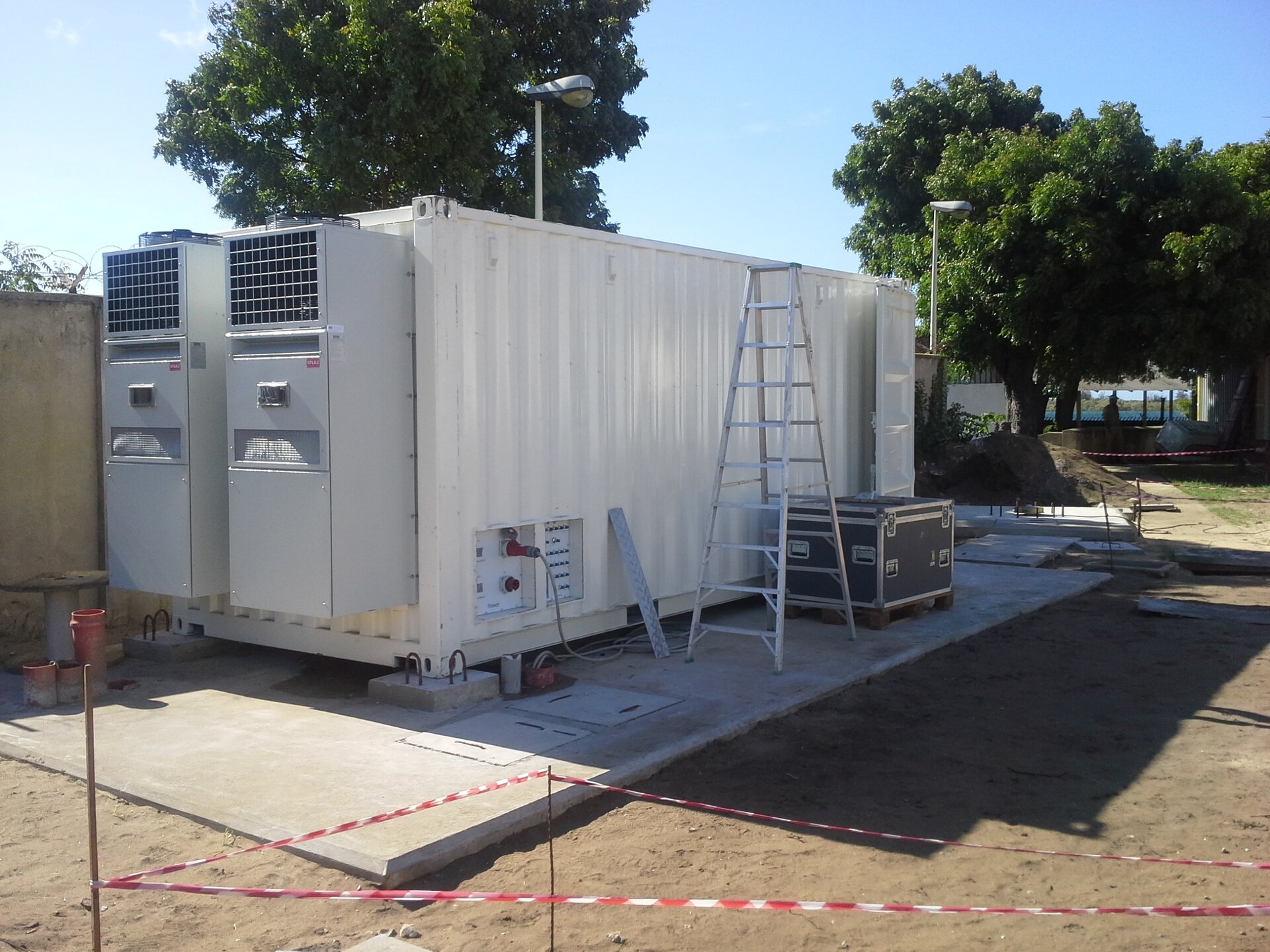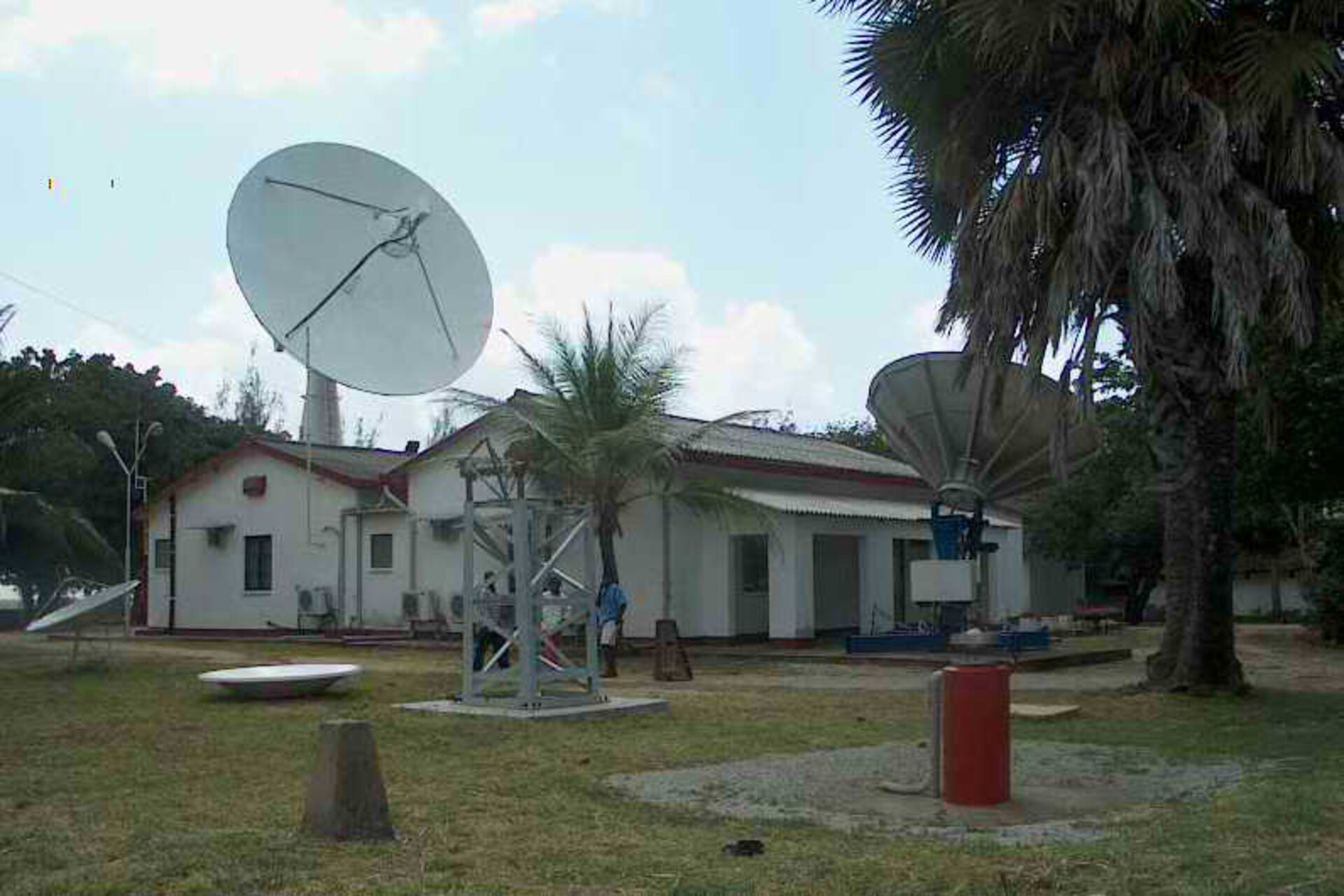Engineering the future
Sometimes, upgrading our ability to communicate with future missions doesn’t require building a giant ground station. With the right technology and smart planning, a small one will do just fine.
ESA’s LISA Pathfinder mission, set for launch in late 2015, will ride into space on a Vega rocket that lifts off from Europe’s Spaceport at Kourou, French Guiana.
Because of the rocket’s flight profile, LISA Pathfinder requires a tracking station somewhere around the equator. And the station must be able to transmit and receive signals at ‘X-band’ frequencies of 7145–8500 MHz (it differs whether sending or receiving – see note below), which offer excellent data rates, among other advantages. But it need not be enormous, like ESA’s 35 m-diameter tracking stations, which in any event are located too far north or south.
ESA’s existing 15 m dish at Kourou, almost on the equator and fully X-band capable, will support the launch and be able to cover the spacecraft at separation. However, a backup station is required during this critical phase of the mission and was not available.
An engineering analysis conducted by teams at ESA’s European Space Operations Centre (ESOC) in Darmstadt, Germany, led to another solution: install a small, yet capable, X-band antenna at another equatorial station. Make use of existing station technology and infrastructure, in so far as possible, to reduce costs, and make sure that the investment is upgradable, future-proof and able to support other missions, too.
In the past, ESA has used the Italian space agency’s Broglio Space Centre, in Malindi, Kenya, for missions that did not require X-band. This equatorial location would be perfect for the new job.
In 2013, it was agreed that ESA could build a new X-band terminal at Malindi, comprising a 2 m-diameter antenna that would be connected to the existing Malindi core radio equipment. In addition to supporting LISA Pathfinder, the new terminal at its strategic location will be capable of tracking future missions like ExoMars in 2016.
“The new tracking terminal has been designed to support intensive launch campaigns, and when it’s not required, it will be placed into technical hibernation, saving cost on maintenance and operations,” says Javier De Vicente, an Estrack engineer at ESOC.
“Overall, development, deployment and testing of ‘MAL-X’ has been achieved in a very short time, and it has passed testing with actual satellites in orbit.”
Estrack global network
ESA’s tracking station network – Estrack – is a global system of ground stations providing links between satellites in orbit and ESOC. The core network comprises 10 stations in seven countries.
The essential task of all ESA ground tracking stations is to communicate with spacecraft, transmitting commands and receiving scientific data and spacecraft status information.
Our technically advanced stations can track spacecraft almost anywhere – circling Earth, watching the Sun, orbiting at the scientifically crucial Sun–Earth ‘Lagrange points’ or voyaging deep into our Solar System.
In a typical year, Estrack provides over 45 000 hours of tracking support to 20 or more missions, with an enviable service availability rate above 99%.
In 2015, ESA celebrates the 40th anniversary of the network.
More information
http://www.asi.it/en/agency/bases/broglio
Note on X-band: Our Estrack engineers wanted to make sure we posted the specific X-band frequencies that MAL-X can support. These are:
Transmission
7145-7190 MHz: Space Research Service (Deep Space)
7190-7235 MHz: Space Research Service
Reception
8400-8450 MHz: Space Research Service (Deep Space)
8450-8500 MHz: Space Research Service
MAL-X is also 8025- to 8400-MHz-capable for testing purposes.








